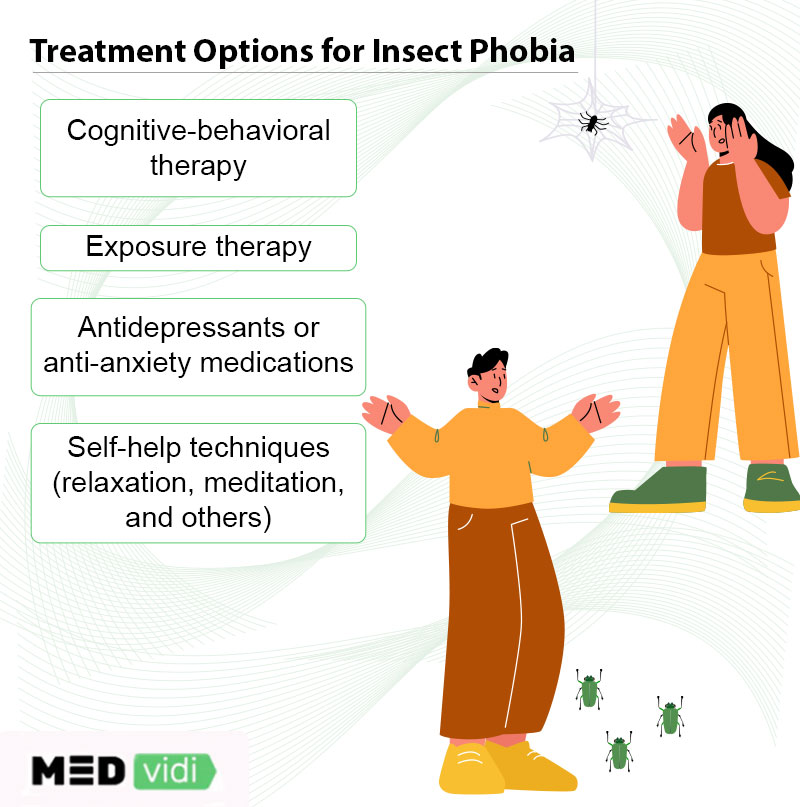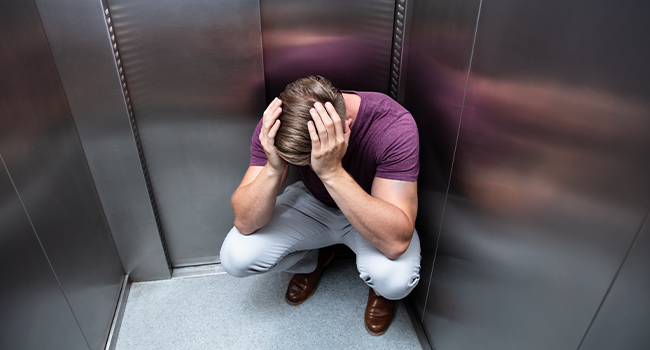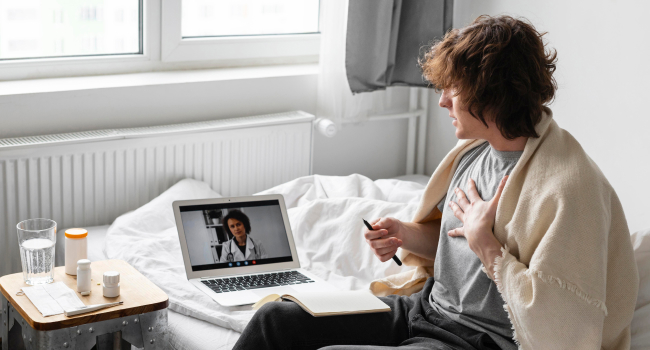Insect phobia is the intense fear of bugs, flies, or insects. Even though most bugs don’t pose a direct threat, people with insect phobia have significant behavioral, emotional, and physical reactions when they hear, see, or think about insects. Although the symptoms can be horrific and life-crippling, coping strategies and formal treatment can relieve the patient.
What is Insect Phobia?
Also known as
Causes of Insect Phobia
Despite the probability of having phobias at any age, including the fear of bugs, people are more likely to develop them in childhood. Often, it is challenging to pinpoint the exact cause of entomophobia, but certain factors do play a role. Insect phobia is commonly a result of
A bug phobia can also be triggered by hearing news reports or personal stories from family members. For example, repeated stories of people becoming seriously ill from tick-borne diseases can trigger intense fear of parasitic insects, which can spread to other insects.
Sometimes, sudden panic attacks can coincidentally occur with insect activity, leading to a mental association between panic and insects, which can lead to entomophobia.
Symptoms of Entomophobia
People who suffer from entomophobia experience anxiety after exposure to insects. Additionally, they might experience physical symptoms such as excessive itching or a crawling sensation in the body. Other common symptoms of fear of bugs include:
- Heart palpitations
- Lightheadedness and dizziness
- Chills
- Excessive sweating
- Nausea
- Shortness of breath
- Shaking or trembling
- Stomach upset
Most importantly, to qualify as a phobia, a person must experience symptoms whenever they encounter an insect, have these feelings of anxiety for at least six months, and notice their fears to be out-of-proportion to the trigger. Usually, if an individual has a strong aversion to bugs in the house but tolerates them outdoors, it isn’t considered an insect phobia. In addition, the doctor will have to rule out other conditions that may cause anxiety.
How to Get Over Fear of Bugs
A formal treatment plan is not always necessary for entomophobia. Frequently and consistently using coping skills can help a person manage fear without negatively impacting their life. However, in cases of severe entomophobia, which can lead to extreme avoidance and a great deal of discomfort, it is advisable to seek professional assistance.
Entomophobia treatment may include:

Psychotherapies
Traditional talk therapy involves a person engaging in discussions with their therapist to uncover the root of their fear and gain insight into it. These therapies also focus on establishing goals and developing practical coping skills. Psychotherapy benefits people who experience mild to moderate insect phobia that does not interfere with their daily lives.
Exposure Therapy
Exposure therapy is one of the most effective treatments for entomophobia. During this
Exposure therapy involves discussing bugs with a therapist, then moving on to seeing pictures of them, and then gradually intensifying the level of the exposure until the person encounters live bugs first with their therapist and eventually on their own. During therapy, the patient discusses their thoughts and feelings with their therapist to develop a more positive attitude and response.
Cognitive-behavioral Therapy
Cognitive-behavioral therapy for entomophobia teaches patients how to assess their negative beliefs about insects to gain a deeper understanding of their behavior and thought patterns. This therapy also helps them to
People can change their automatic fear response by learning to think differently about insects, allowing them to respond calmly when exposed to them.
Medications
Suppose a person has entomophobia and wishes to manage their symptoms with medications. In that case, they can discuss with a healthcare professional the benefits, risks, and side effects of different medicines.
Conclusion
Insect phobia ranges from being annoying to severely disrupting one’s life. Though the fear of insects can be challenging to overcome, a patient can develop coping skills to stay calm instead of panicking in the face of insects. They can live in harmony without fearing bugs by getting professional treatment and learning coping skills.
Tags:
- Insect Phobia. Insect phobia is an irrational fear of insects and other arthropods, including spiders. People with this phobia often experience a strong sense of fear and panic when they come into contact with an insect or arthropod, and can feel overwhelmed and upset.
- Fear Of Bugs. Fear of bugs, or entomophobia, is a common phobia that can range from mild to severe. Those with this phobia may experience feelings of overwhelming panic, anxiety, and even disgust when confronted with bugs.
- How To Get Over Fear Of Bugs. One way to get over fear of bugs is to slowly expose yourself to them. This technique is called desensitization. Start by looking at pictures of bugs, then slowly make your way to being able to touch a bug without experiencing fear. Talk to people who don’t have a fear of bugs, or find a therapist or support group who can help you work through your fear. Finally, take the time to learn about bugs and their behaviors and how harmless they are.
- Entomophobia Treatment. Entomophobia treatment typically requires a combination of cognitive-behavioral therapy (CBT) and exposure therapy. The goal of CBT is to help the individual identify and challenge irrational thoughts and beliefs about insects. Exposure therapy involves gradually and safely increasing exposure to insects, beginning with imagined scenarios and eventually progressing to real-life scenarios. Cognitive restructuring and relaxation techniques can also be used to help manage fear and reduce stress when dealing with insects.










